

Damion Smy
Automakers missing NVES emissions targets to be named and shamed in 2026
1 Hour Ago
While many people have seen or heard of the Monaro-based Marilyn convertible, there was another convertible concept a decade before it.
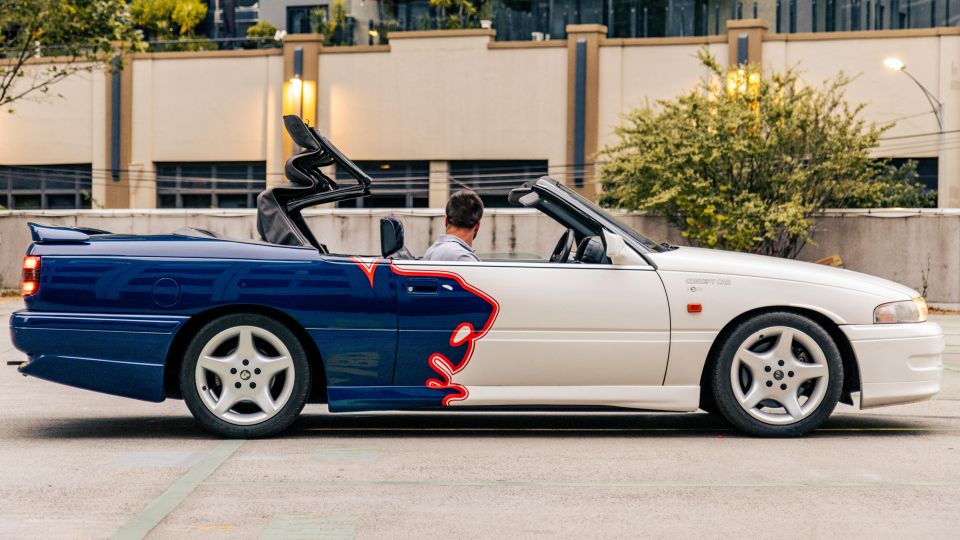
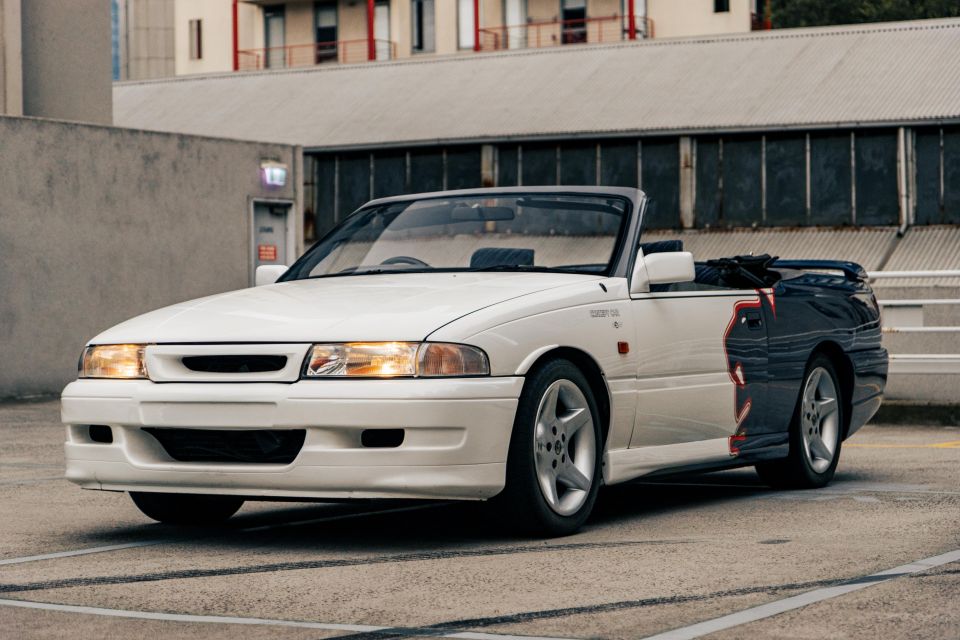

Founder

Founder


Founder

Founder
Where expert car reviews meet expert car buying – CarExpert gives you trusted advice, personalised service and real savings on your next new car.
When Holden pulled out of Australia in 2017, a number of prototypes, design sketches, and stories came to the surface.
That includes the story of what was going to be the Holden Monaro Convertible. Not Marilyn, the Monaro-based convertible built for the 2004 Melbourne motor show, but the original based on a VN Commodore.

A phone call about one particular Monaro Convertible sparked my interest. It’s a vehicle that wound up in the hands of a former senior engineering employee, before being sold to a friend of mine.
Not only did we get behind the wheel of the car, it came with comprehensive documentation showing the design, engineering, and marketing process Holden and HSV were planning to follow in a bid to bring the vehicle to production.
While our main focus here is new cars, this story is too good to stay hidden.

When it comes to manufacturing a new model, carmakers need a chunky business plan to make sure it makes sense and will eventually earn them a profit.
In the late 1980s, Holden Special Vehicles (HSV) was a new company on the block. Founded in 1987 by late UK motor racing supremo Tom Walkinshaw, the brand’s specialty was taking Holden products and enhancing their performance.
The late ’80s were all about more power and aggressive design. By the time 1989 rolled around, HSV had produced its first car: the VL Commodore SS Group A SV.
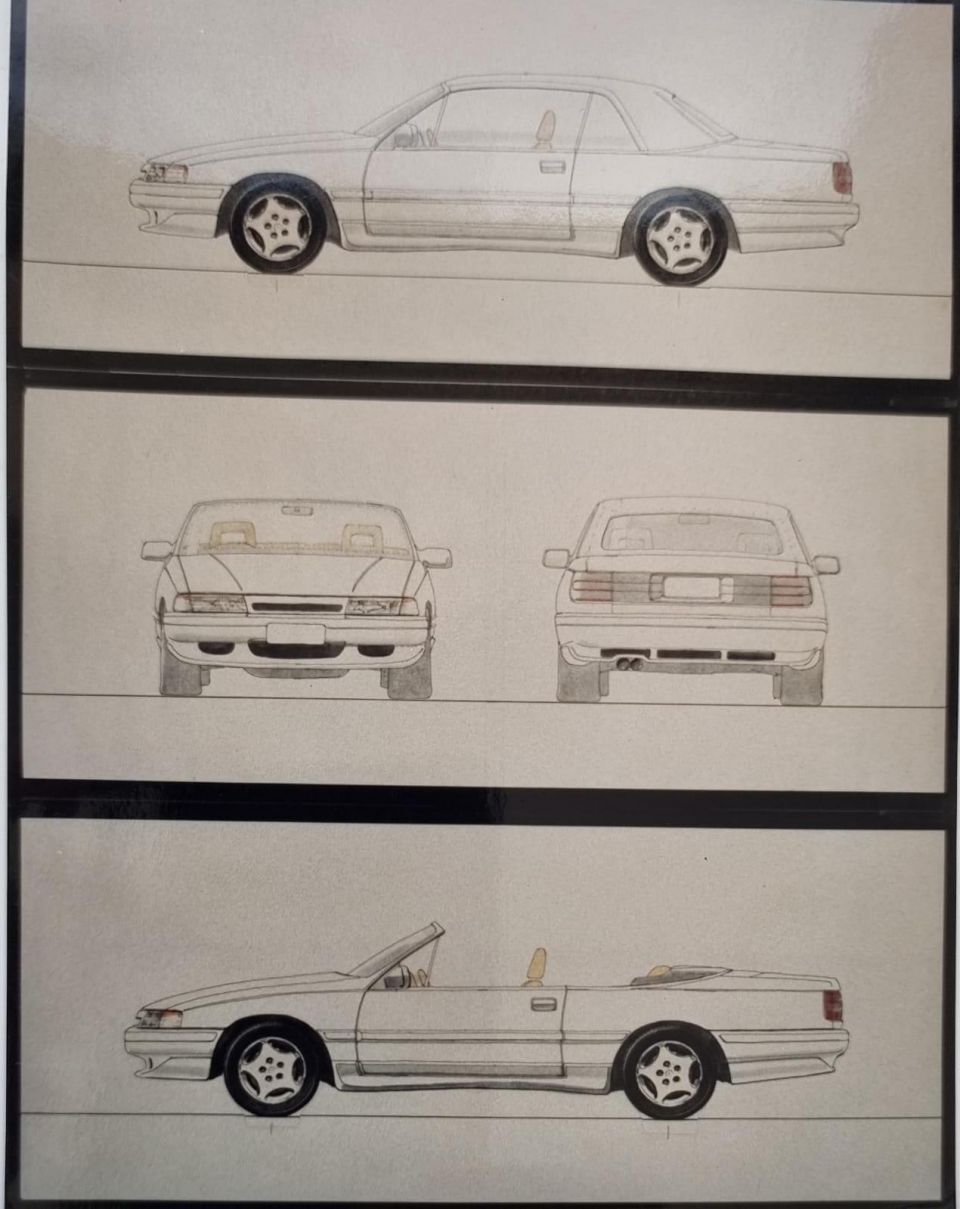
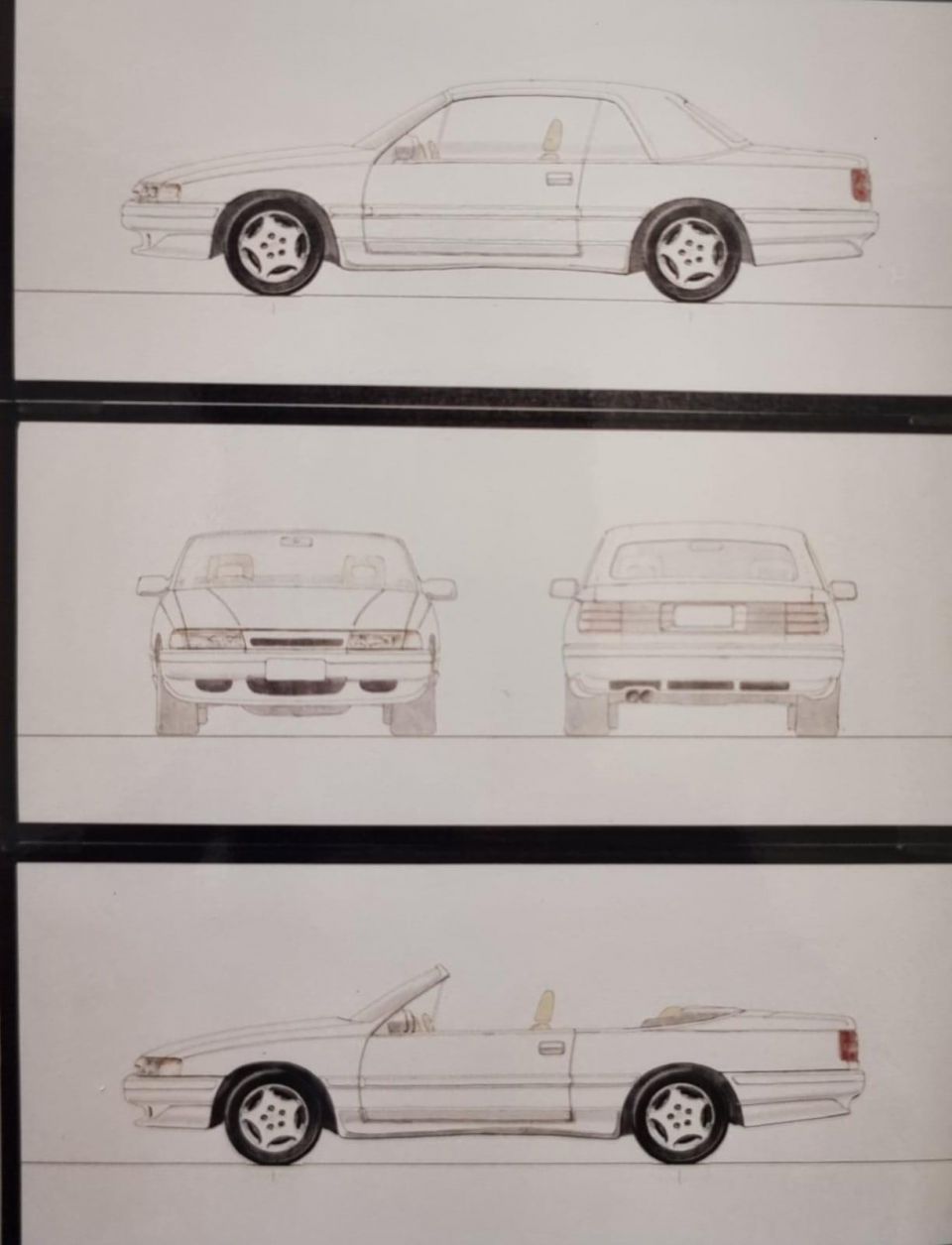
It was Holden-badged and created for the purpose of racing homologation.
Following this, HSV rolled out the VL-based SV88 and a pair of six-cylinder Commodores. It wasn’t until the generation change to VN that HSV got serious about modifying Commodores.
That’s where this story started.
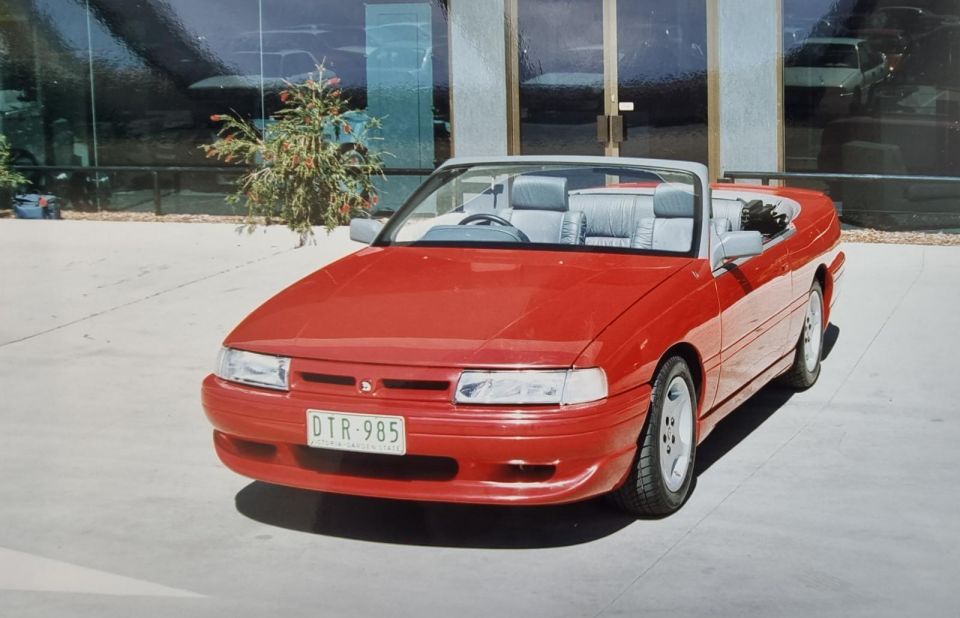
Remember motor shows? Australia had two major shows that were held each year – one in Melbourne, and one in Sydney. They were a great opportunity for carmakers (local carmakers in particular) to gauge interest in concepts before they hit production.
HSV wanted to introduce a high-performance four-seat luxury convertible, and wanted to use the 1989 Sydney motor show as the test bed.
In the background it was already working on the HSV SV5000 and the next iteration of its racing homologation vehicle, the VN Commodore SS Group A SV.
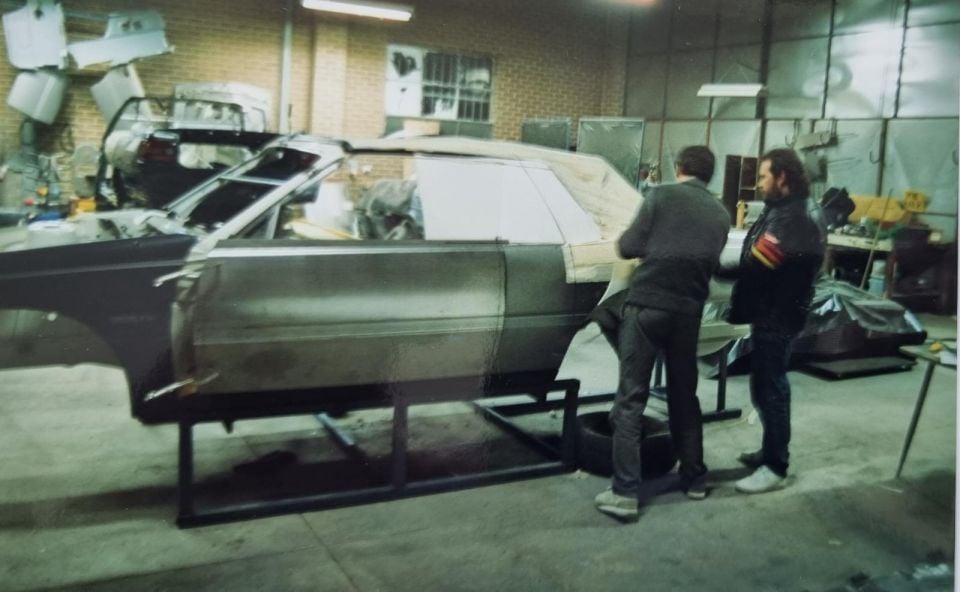
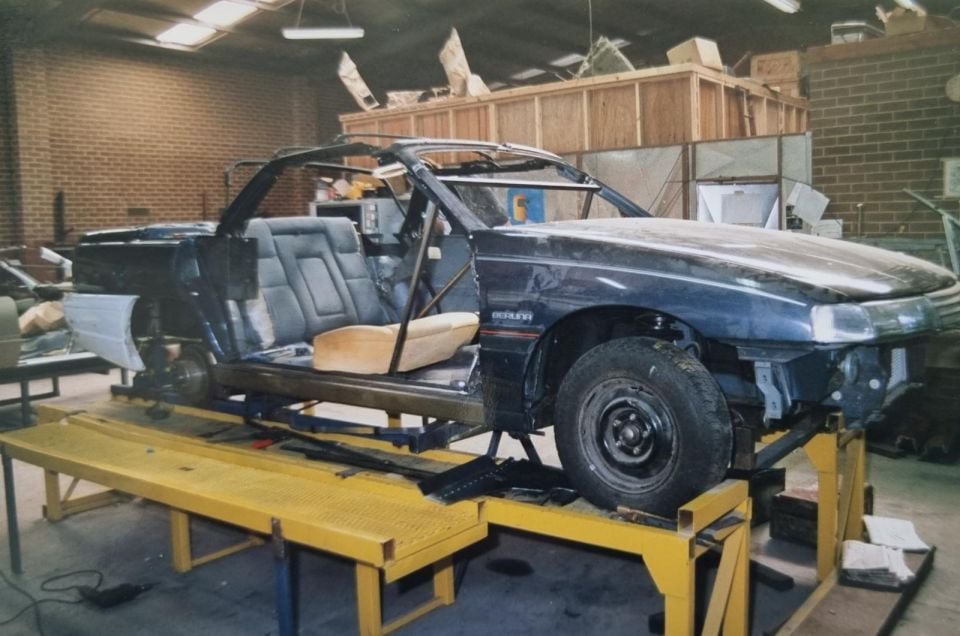
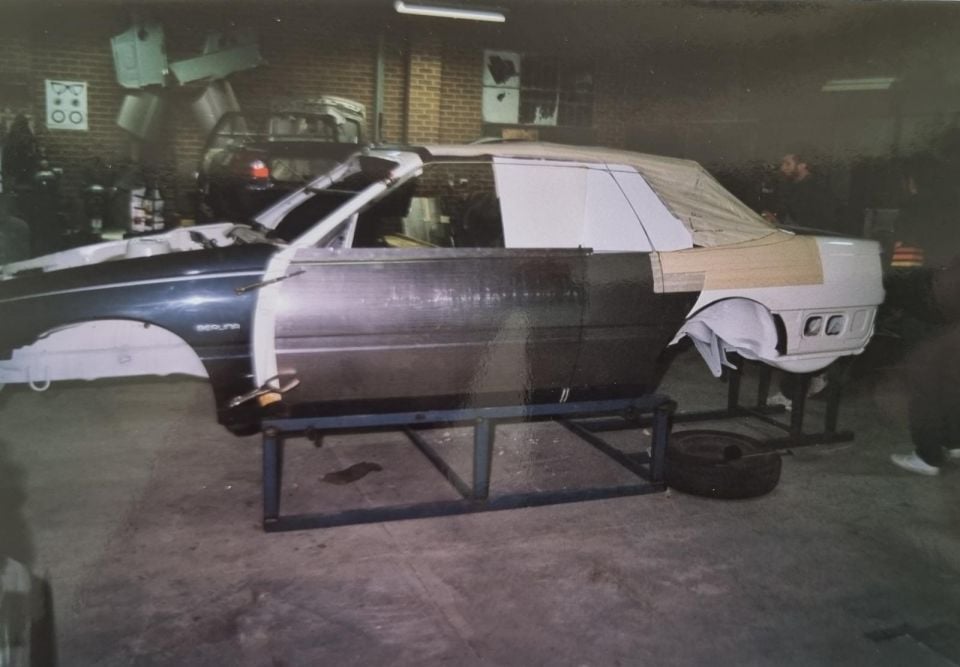
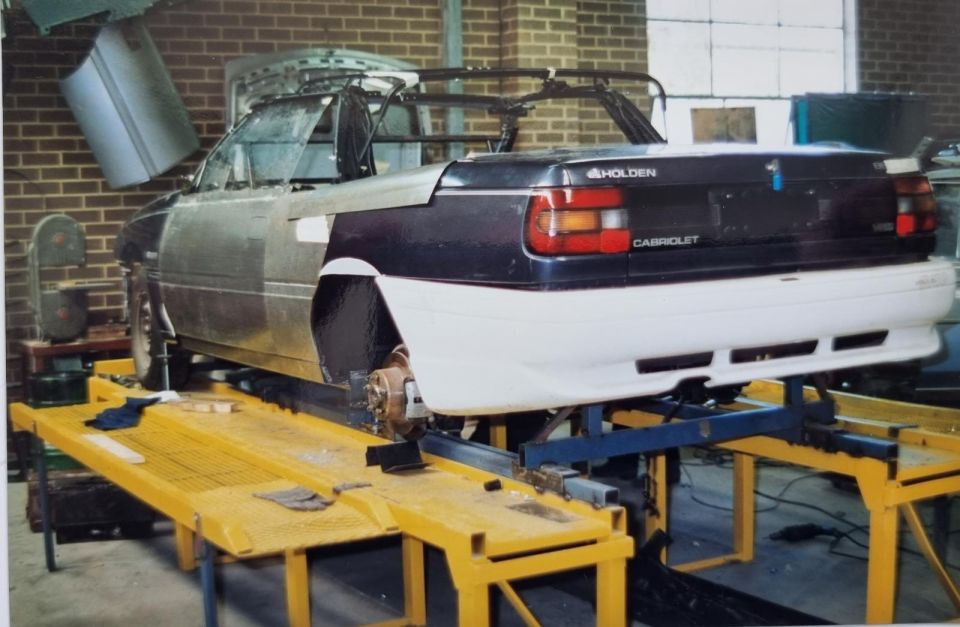
In March 1989, HSV pitched the idea of a luxury convertible Commodore with the grunt to take on its European competition. That competition included the Mercedes-Benz SL, which in SL500 guise featured a naturally-aspirated 5.0-litre V8 making 235kW of power
The business plan included a prototype that would be assembled in time for the Sydney motor show to gauge the public’s reaction.
The prototype would be based on a Commodore Berlina (the mid-luxury specification) and would include HSV SV5000 running gear. That meant switching out the V6 drivetrain in the Berlina donor car for a bigger, more powerful V8.
The V8 from the SV5000 featured high-compression pistons, a specific camshaft, intake system, headers, and a dual exhaust. It pumped out an impressive (at the time) 200kW of power, and was meant to be capable of taking it to the SL500 from a performance standpoint.
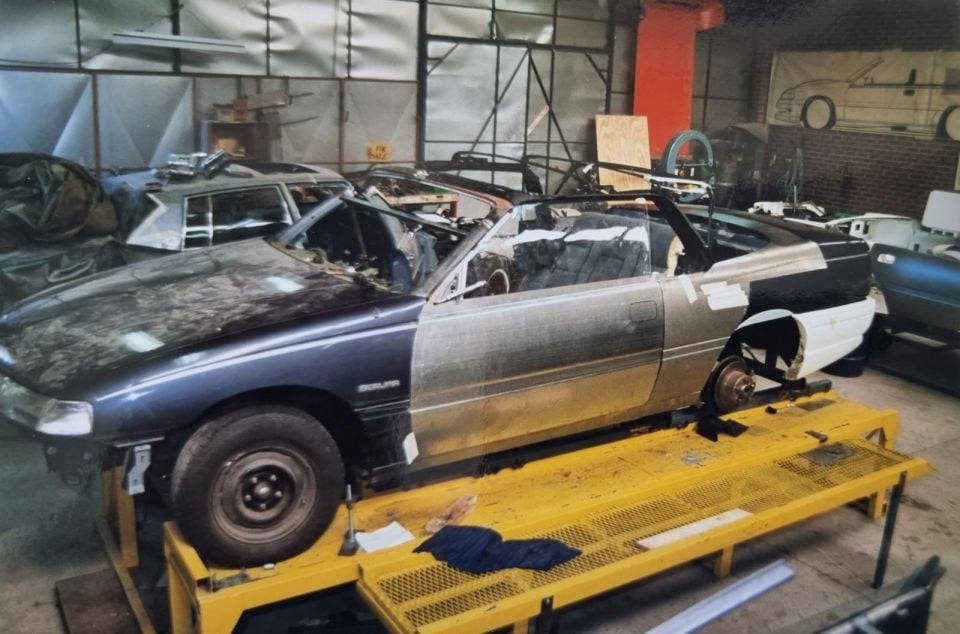
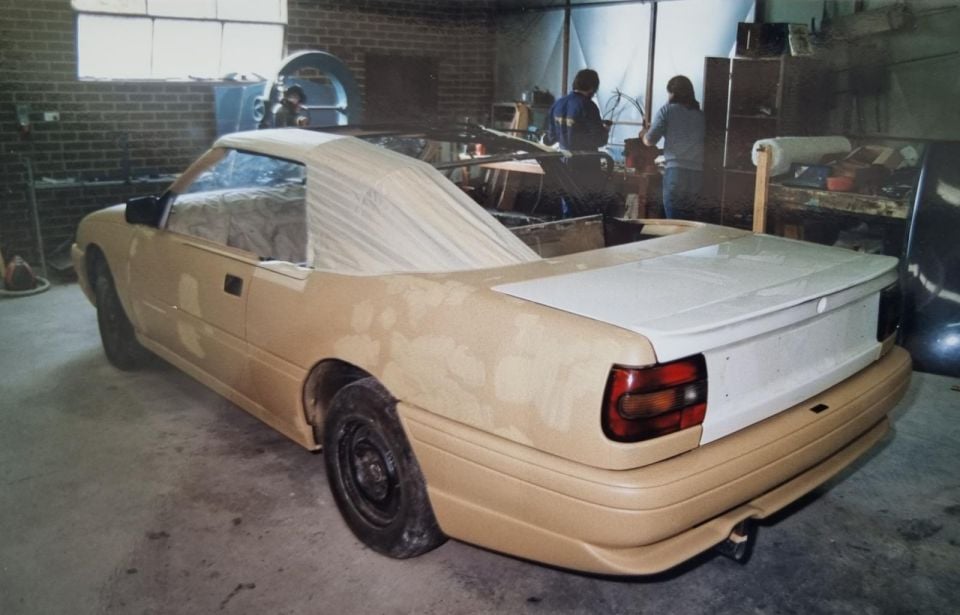
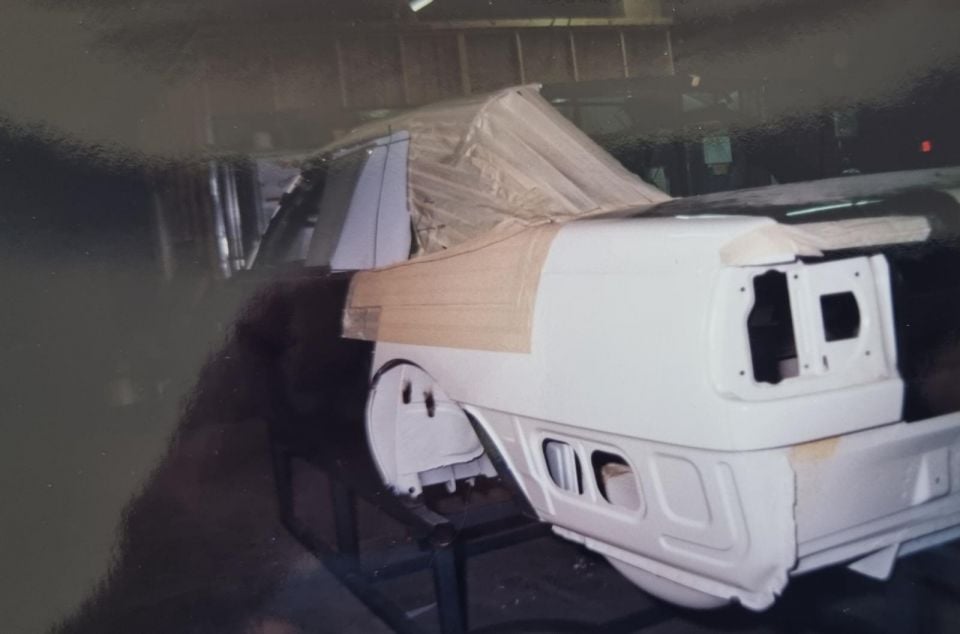
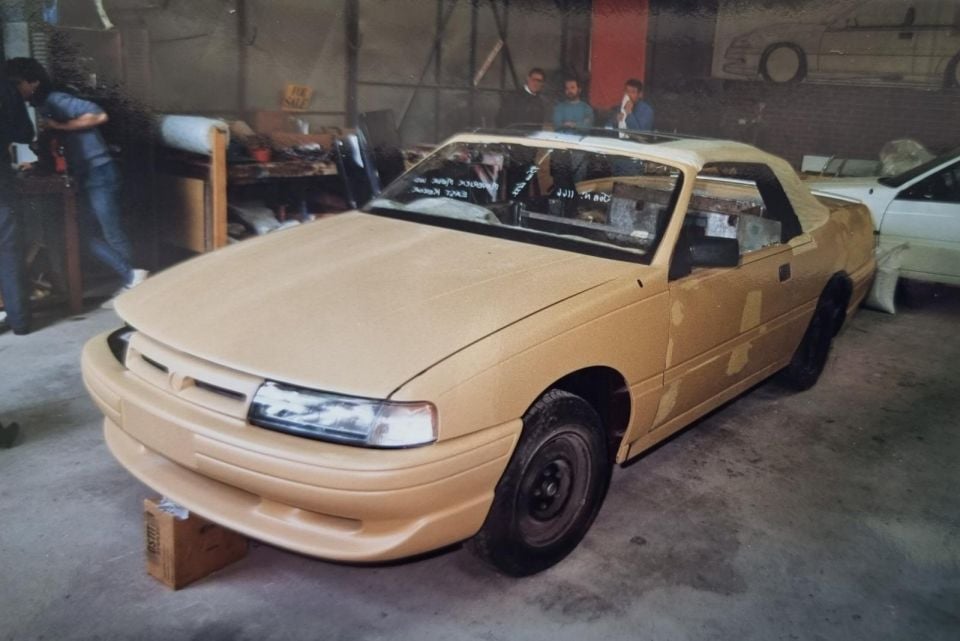
Before the idea could progress any further, HSV commissioned a Melbourne design agency called KAF Creative to come up with an artist’s impression of the car and assist with the business case. The design showed an understated two-door convertible with a fabric roof.
In addition to the design, HSV built a business case that would be pitched to management to get the project off the ground. It proposed:
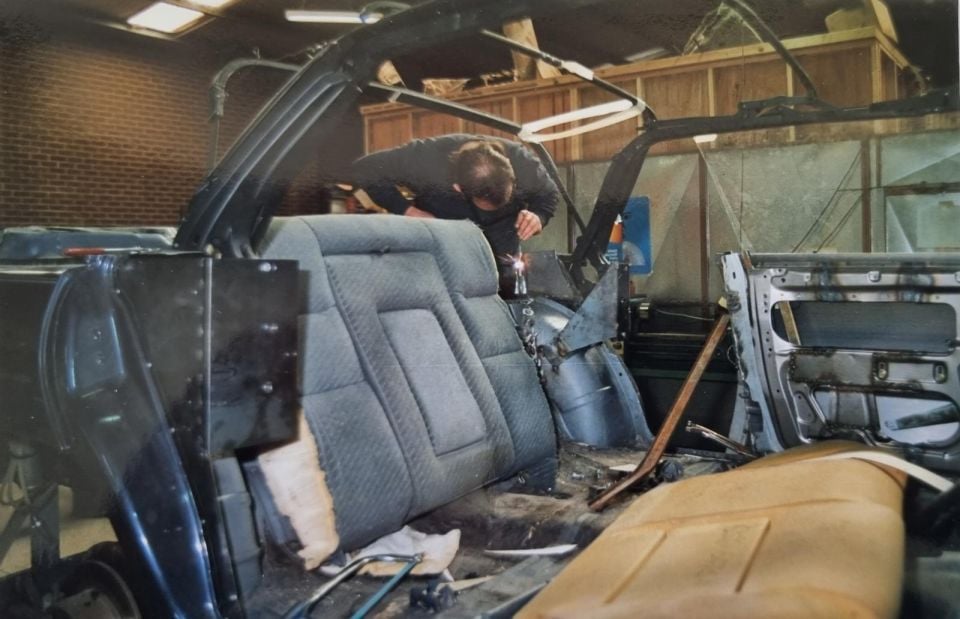
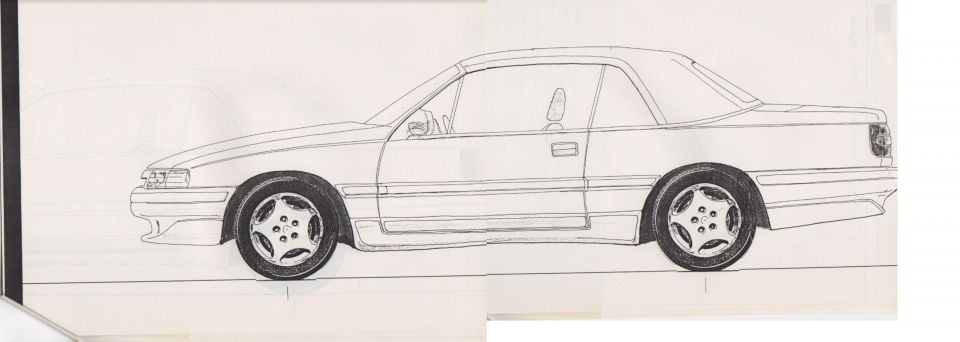
Engineers were given the green light to engage Maverick Motors in Melbourne to design and engineer the conversion from four-door sedan to high-performance two-door convertible.
Maverick Motors quoted HSV $43,000 for the work required to make the prototype happen. In today’s money that’s just under $100,000, which doesn’t seem like bad value given the work involved.
Maverick Motors kicked off the process of conversion in August 1989. It was always going to be tough to meet the October deadline for the Sydney motor show, given how much work was involved.
October came and went, but the prototype still wasn’t complete. By the time January 1990 rolled around, HSV had formally killed it. The project missed all its crucial timelines, and the prototype build showed that it was going to be too hard to make the project work as anything more than a one-off.
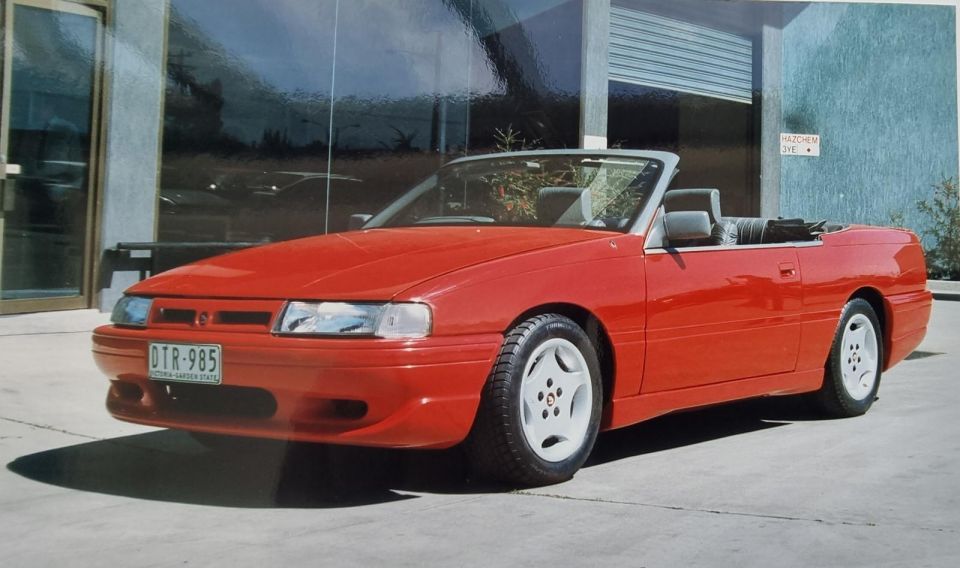
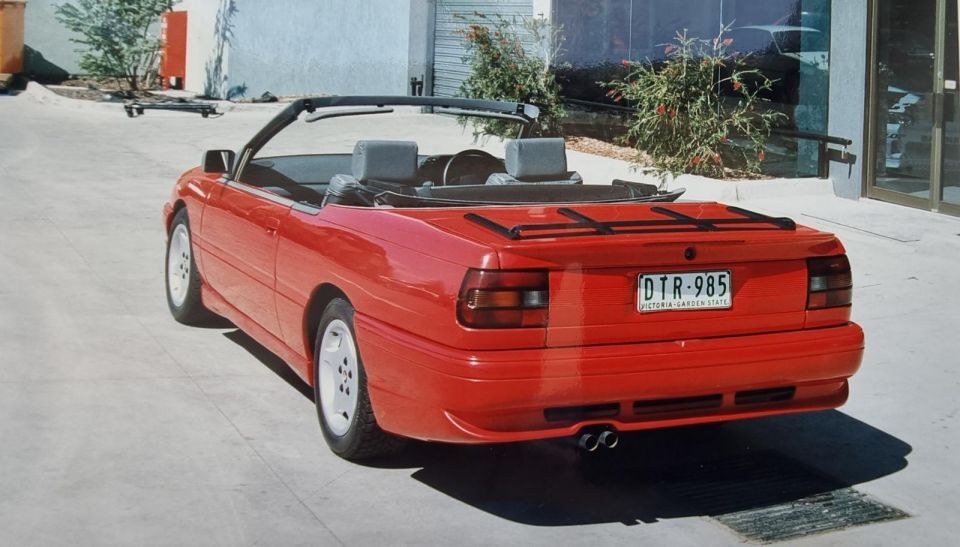
Despite its challenges, HSV still wanted to complete the prototype. Maverick Motors kept at it until March 1990, when the project was officially complete.
The changes were huge. Not only did Maverick trim the wheelbase, they installed independent rear suspension (not standard on a VN Berlina) in the back of a second body that was fused to the original. They also swapped the engine and driveline, and made it all work with an aftermarket electric roof.
In total, the changes included:
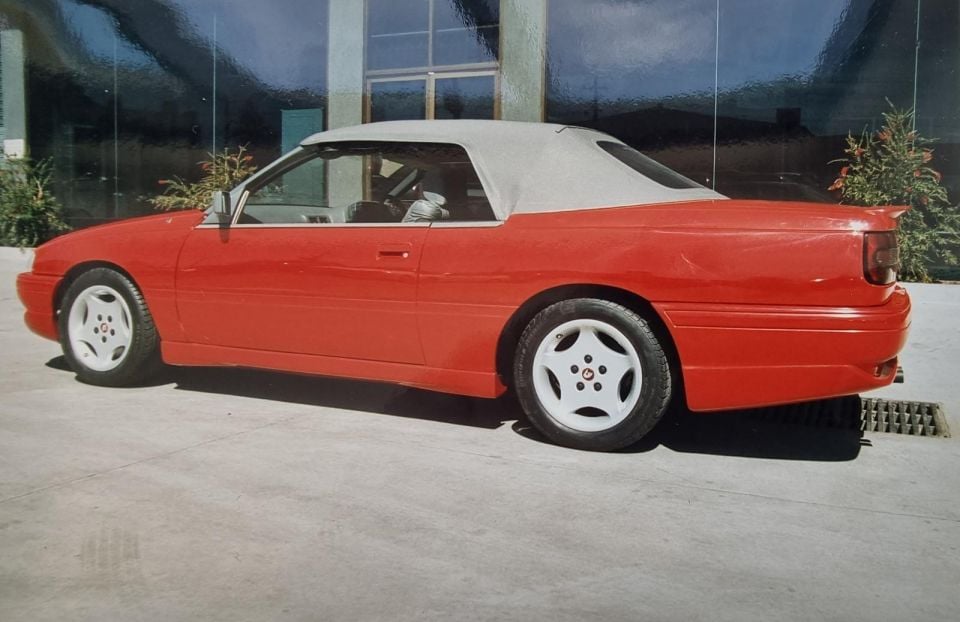
The car was handed over to HSV, which transported it to the company’s headquarters in Notting Hill.
The following work was completed after it arrived:

I know what you’re thinking. It was a VN, why is the car pictured here a VP?
After being completed in May 1990, it underwent its own facelift.
It received a set of 17-inch alloy wheels from the VR Clubsport, the front fascia from the VN Group A, and fender extensions. It also went from Maranello Red to Heron White with a Holden Racing Team (HRT) livery.
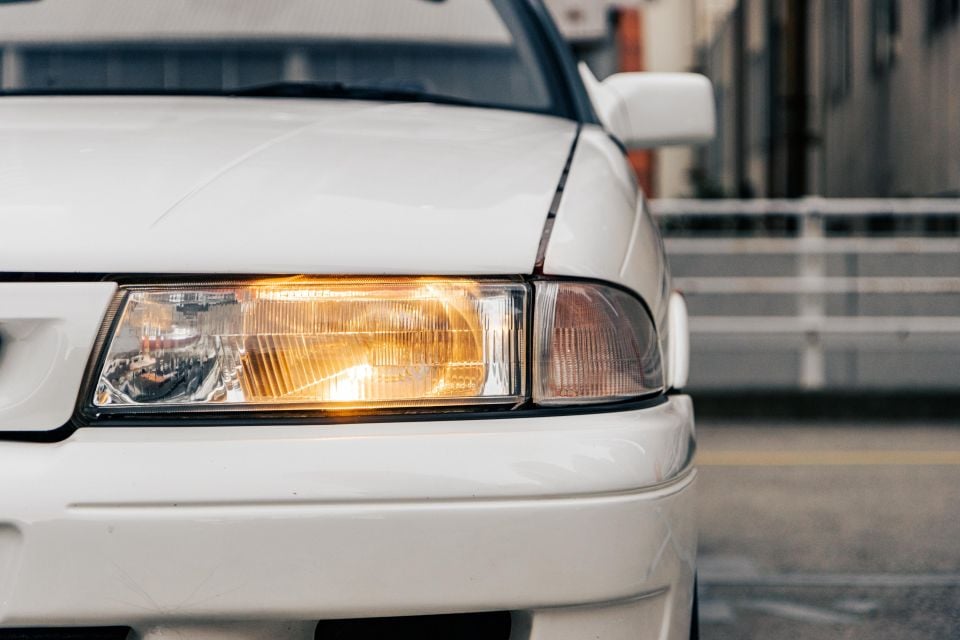


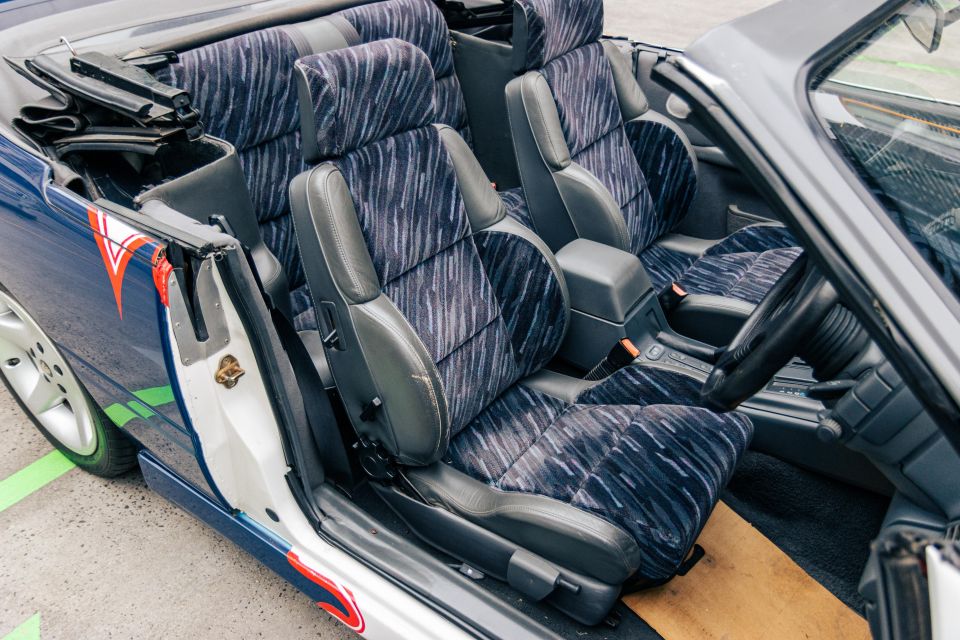
It was then used as an HRT and HSV promotional exhibit in the paddock at several Australian V8 touring car motor racing events during 1993 and 1994.
During this period it was reportedly test driven on the Calder Highway north of Melbourne by nine-time Bathurst 1000 winner and racing legend Peter Brock, who said it’s “brilliant, let’s hope these go into production.”
In 1995 the vehicle was retired and stored at HSV, where it lived until 2012. From there it was held privately before being sold to my friend.

Our time behind the wheel was only brief, but I own a 1993 Holden Commodore SS with HSV enhancements so sitting inside this was surreal – especially given it has just 1500km on the clock. It turns over like brand new, and feels new throughout.
The roof operation is electronic and has a final manual latching mechanism to seal it shut. It even came with a roof cover to conceal the roof components when it’s down.
The shortening of the wheelbase meant second-row passengers have next to no leg room. Shoulder room was also robbed by the side portion of the roof mechanism, but rear-seat passengers did get their own window switches for some hair in the wind action.
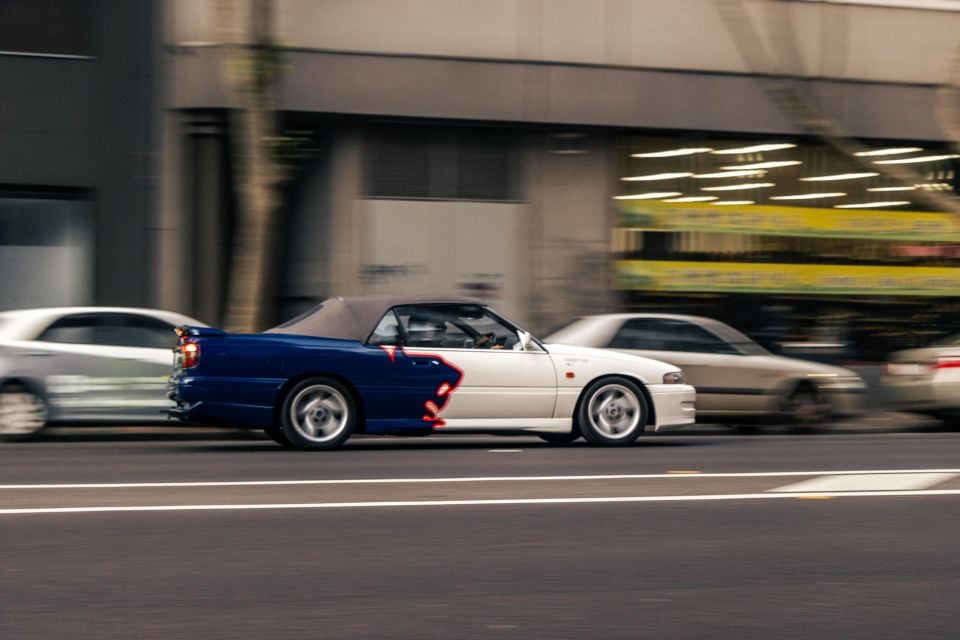
Where expert car reviews meet expert car buying – CarExpert gives you trusted advice, personalised service and real savings on your next new car.
Boot space was also cut to accommodate the roof folding mechanism.
Strangely, when you view the Monaro Convertible from a distance it actually looks right as a drop-top. It cuts a fine line and the upgrade to VP spec really rounds off the front edges of the car.
It still has the muscly V8 rumble that was synonymous with the Australian-built 5.0-litre V8.
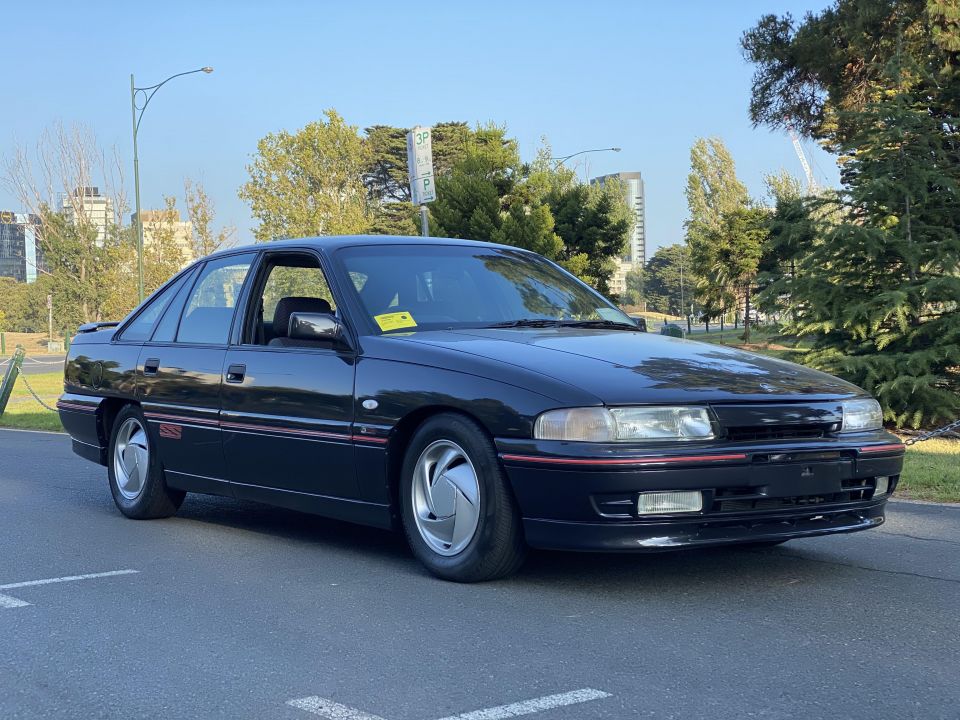
Could this have ever competed with the Mercedes-Benz SL500? It’s highly unlikely. But it’s a great shame it never got its moment in the sun.
The next time Holden tried a convertible was in 2004 with the Monaro-based Marilyn convertible.
No doubt Holden faced the same challenges with making the numbers stack up, which, I reckon, is a great shame!
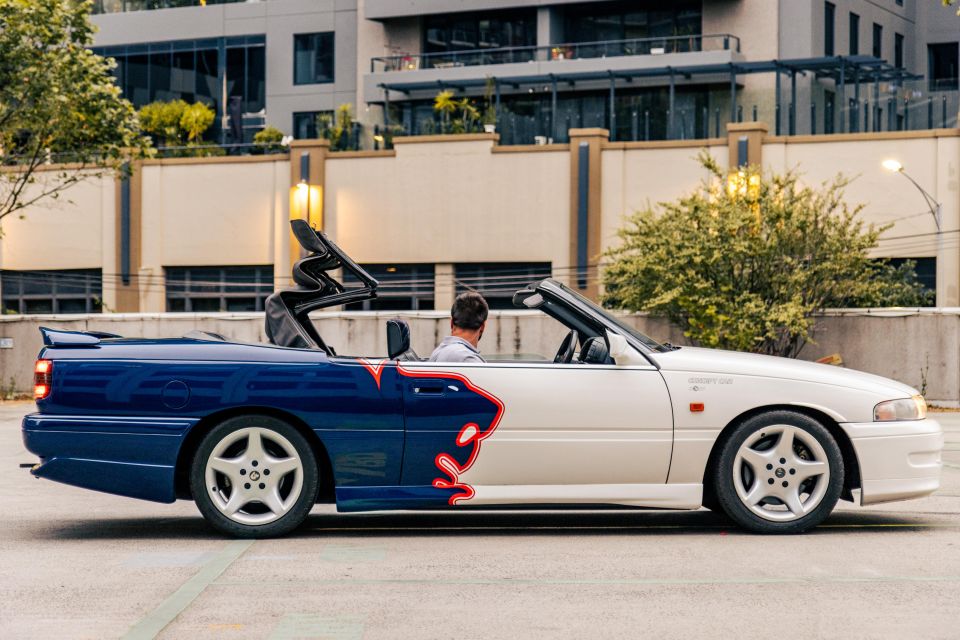
The new owner is hoping to get the car out to shows, to make sure it remains part of Australian motoring history and not hidden away.
There are a stack of one-off gems like this about the place that will eventually come to the surface. Let’s hope it’s not long before we get to see the next one.
I’m sure you’re all wondering, what’s it worth? With recent classic Holden auctions seeing figures of over $1 million, this could be a classic keeping an eye on.

Click the images for the full gallery
Where expert car reviews meet expert car buying – CarExpert gives you trusted advice, personalised service and real savings on your next new car.
Paul Maric is a CarExpert co-founder and YouTube host, combining engineering expertise with two decades in automotive journalism.


Damion Smy
1 Hour Ago


Damion Smy
3 Hours Ago


Damion Smy
5 Hours Ago


Damion Smy
6 Hours Ago


William Stopford
7 Hours Ago


Matt Campbell
15 Hours Ago